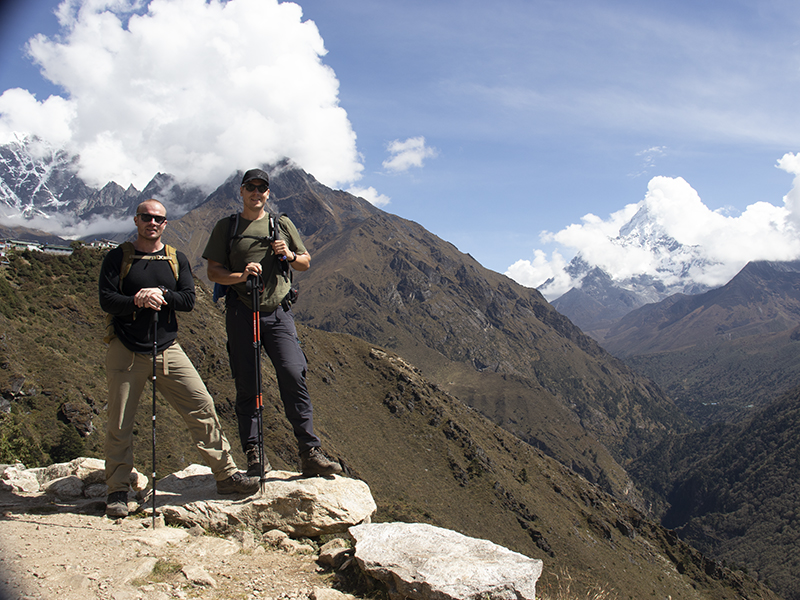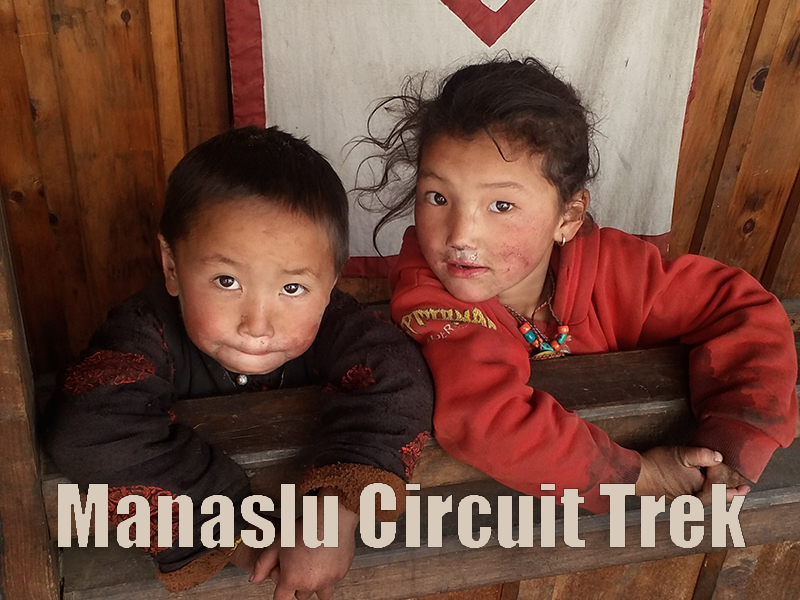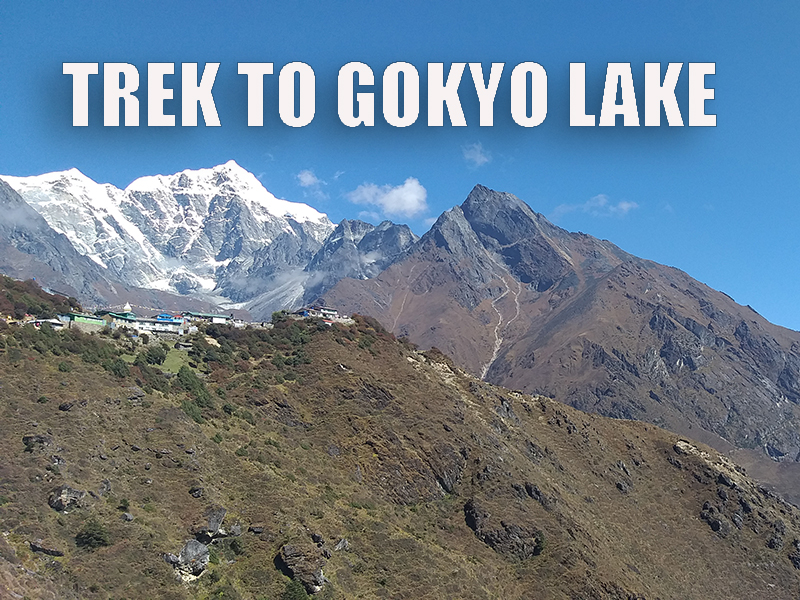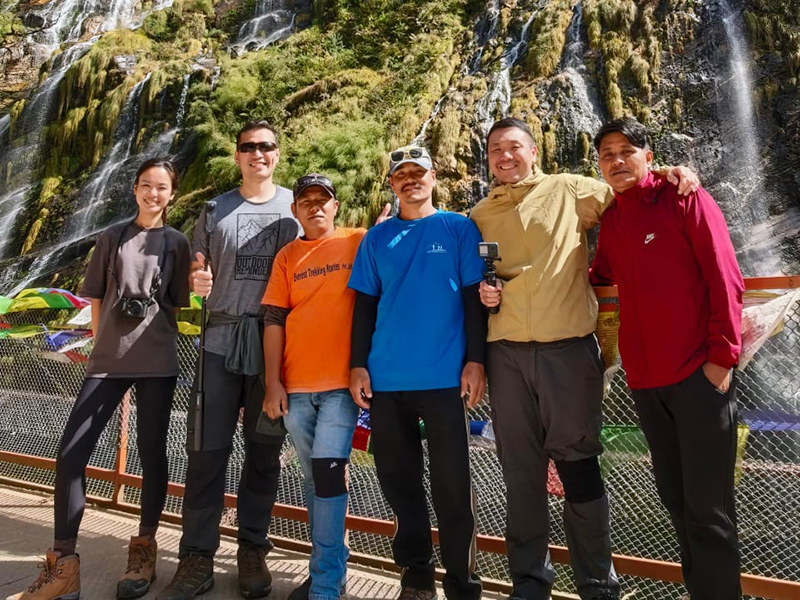Island Peak Climbing in Nepal

In the heart of Mt. Everest, you get to relish the chance to leave your footprints on top of the snowy mountain. It may not be as legendary as climbing the Everest but it provides equal thrill and wilderness adventure. Yes, we are talking about the most commercial trekking peak of the Everest region of Nepal, the Island Peak (6189 m). This blog will feature all the information related to the Island Peak Climbing in Nepal.
Island Peak: Technical Trekking Peak of Nepal
Island Peak, locally known as Imja Tse, is one of Nepal’s most popular “trekking peaks.” Towering at 6,189 meters (20,305 feet), it offers the perfect blend of adventure and challenge for trekkers looking to push beyond the standard trails. Although not as technically difficult as some of the big Himalayan giants, Island Peak demands basic mountaineering skills, including the use of crampons, ice axe, and ropes. This makes it ideal for those seeking a real climbing experience without diving into high-level expeditions.
Surrounded by stunning Himalayan giants like Lhotse, Nuptse, and Ama Dablam, the views from the summit are jaw-dropping. Most climbers approach it through the Everest region, combining the climb with the famous Everest Base Camp trek for altitude acclimatization.
While it’s labeled as a trekking peak, don’t underestimate it. The final push involves steep snow and ice slopes, crevassed glaciers, and a challenging headwall just below the summit. Guided climbs are highly recommended for safety and support. For many, Island Peak is more than just a climb. It is a stepping stone into the world of high-altitude mountaineering.

Does Island Peak Climbing Prepare You for Everest Expedition?
Absolutely, the Island Peak is considered an excellent preparatory climb for those with dreams of summiting Mount Everest. At 6,189 meters, Island Peak gives climbers a realistic taste of high-altitude climbing.
The route includes sections of snow, ice, and rock, where climbers must use ropes, crampons, and ice axes. You’ll cross crevasses using ladders and navigate steep ice headwalls, similar to the Khumbu Icefall on Everest. These challenges not only build your technical skills but also help gauge how your body responds to thin air at extreme altitudes.
Moreover, the mental and physical endurance needed to summit Island Peak mirrors the mindset required for Everest. You’ll train in proper acclimatization, expedition routines, and coping with changing mountain weather.
Many experienced climbers and expedition leaders recommend Island Peak as a “testing ground.” It’s not just a climb, it’s a proving experience. If you can summit Island Peak with confidence and clarity, you’re a big step closer to being Everest climber.
Everest Base Camp Trek with Island Peak
Combining the Everest Base Camp trek with an Island Peak climb is one of the most rewarding Himalayan adventures you can undertake. The journey starts like the classic Everest Base Camp trek, flying into Lukla and passing through Sherpa villages like Namche Bazaar, Tengboche, and Dingboche. This part helps you acclimatize while soaking in the incredible culture and scenery of the Khumbu region.
After reaching Everest Base Camp (5,364 m) and experiencing the grandeur of the world’s tallest mountain up close, the real climbing adventure begins. You’ll head toward Island Peak Base Camp, tucked near Chhukung, and prepare for the summit push. The climb itself involves glacier walking, fixed rope sections, and an ice wall ascent before reaching the summit.
This combination trip is perfect for those who want both a classic trekking experience and a taste of Himalayan mountaineering. It’s more challenging than a regular EBC trek but far more rewarding for adventure-seekers. You return not only with memories of Everest’s shadow but also with a 6,000-meter summit under your belt. It is truly the tale of travel which you can share with generations to come.

How to Book Island Peak Climbing in Nepal?
Booking Island Peak climbing in Nepal is fairly straightforward but does require a bit of planning. The best way to go about it is through a registered trekking agency in Nepal that specializes in mountaineering adventures. These agencies handle everything from your permits to guides, porters, equipment, and logistics.
First, decide the season. Spring (March – May) and autumn (October-November) are the best times for Island Peak, offering clearer skies and more stable weather. Once you’ve set your dates, you can research companies online, read reviews, and compare packages. Look for agencies offering experienced guides, safety records, and inclusive packages (permits, gear rental, insurance for staff, etc.).
Most climbers fly into Kathmandu, where the agency will handle your trip orientation and last-minute gear checks. From there, your journey usually begins with a flight to Lukla and then a trek through the Everest region to acclimatize before reaching Island Peak Base Camp.
Booking early is smart, especially during peak seasons. You can usually secure your spot with a deposit and finalize the rest of the payment closer to the trip date. For peace of mind, go with an agency that’s transparent, responsive, and safety-focused.
Can I book Chhukung to Island Peak Package?
Yes, you can simply book the Island Peak Climbing activity only excluding the trekking portion. It is tedious and logistically so energy sapping but it is possible. Make sure that you reach Chhukung Village via Dingboche and the climbing team meets you there before proceeding with the climbing activities. If you add about 750 $ to 800 $ per person, then you can buy the Chhukung to Island Peak Climbing package. This way of climbing gives you freedom to choose your own trekking plans. However, trekking in the Everest region of Nepal can be very fatal in terms of the altitude sickness risk. In addition, traveling alone or independently may raise the concern of lodging availabilities. Please note that the Everest region is one of the commercial trekking zones of Nepal where lots of trekkers trek especially during the peak season.
Island Peak Climbing Map

Island Peak Climbing with Everest Summiteers Sherpa
Experience the Island Peak Climbing in Nepal by climbing the mountain with the guidance of the Everest Summiteers Sherpa! This is rare and unique. It helps you to immerse into the Sherpa culture and traditions. In addition, it helps you to know about lots of intrepid mountain stories from the people known for their mountaineering prowess.
Please follow our blogs to know lots of information about spending holiday in Nepal, be it the adventure or leisure holidays.
Recent Travel Blog
Travel tips and Mostpopular activities around in Himalayas.

Manaslu Circuit Trek with Local Trekking Guide
Manaslu Circuit Trek with Local Trekking Guide is the best way to understand the unique, spiritual, and natural wonders of the region. The trail is slowly getting attention from trekkers…

Highlights of Everest Gokyo Trek
Gokyo Lakes & Everest Views: Highlights of the Everest Gokyo Trek Everest region has always been the centerpiece of Nepalese tourism industry. If you are in search of the Himalayan…

Winter Trekking in Nepal
Do you prefer to do trekking activities in tranquil environment? If yes, winter trekking in Nepal is the best activity that you should not miss out. During this time of…




